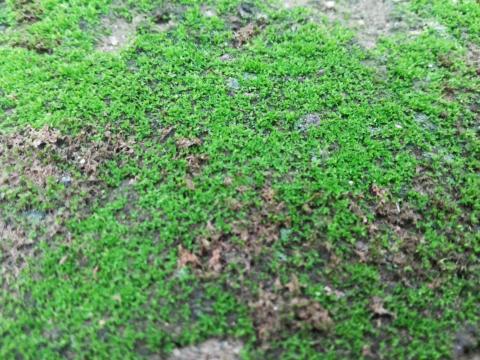What Can I Do to Get Rid of the Moss in My Lawn?

If you’re plagued by persistent moss in your yard, you are not alone. Mosses may be primitive and simple plants, but they thrive when given the right growing conditions. Although there are chemical products available on the market for moss removal, the moss will come back unless you change the growing conditions in your yard.
Several environmental and soil conditions tend to encourage moss growth in your yard. One of the most common problems is poorly drained and consistently wet soils. Compacted soils are also a boon for moss. Steps must be taken to improve both soil drainage and aeration.
You may also want to get your soil tested because moss thrives in soil more acidic than you want for your turf grass, which requires a pH closer to neutral (6.0 to 6.5). A soil test may also reveal nutrient deficiencies, which may hamper the ability of your grass to out-compete the moss.
Another factor that affects moss is available sunlight. Moss is much more likely to thrive in deep shade than in bright sunlight. Although removing trees will likely solve many issues, this is hardly a practical solution for most homeowners. However, pruning landscape trees to allow more light to reach the ground is a viable option. Removing lower limbs and/or thinning the canopy should be to the benefit of both the tree and the lawn beneath.
When you’ve done all you can to improve the soil and available light, remove the moss with a rake or flat-edged shovel and reseed with an appropriate turf grass for your yard. If you’ve addressed the underlying reasons why the moss is growing, you will have a great chance of stopping it from coming back.
This was your Question of the Week. Got questions? The Ask UNH Extension Infoline offers practical help finding answers for your home, yard, and garden questions. Call toll free at 1-877-398-4769, Monday to Friday, 9 a.m. to 2 p.m., or e-mail us at answers@unh.edu.